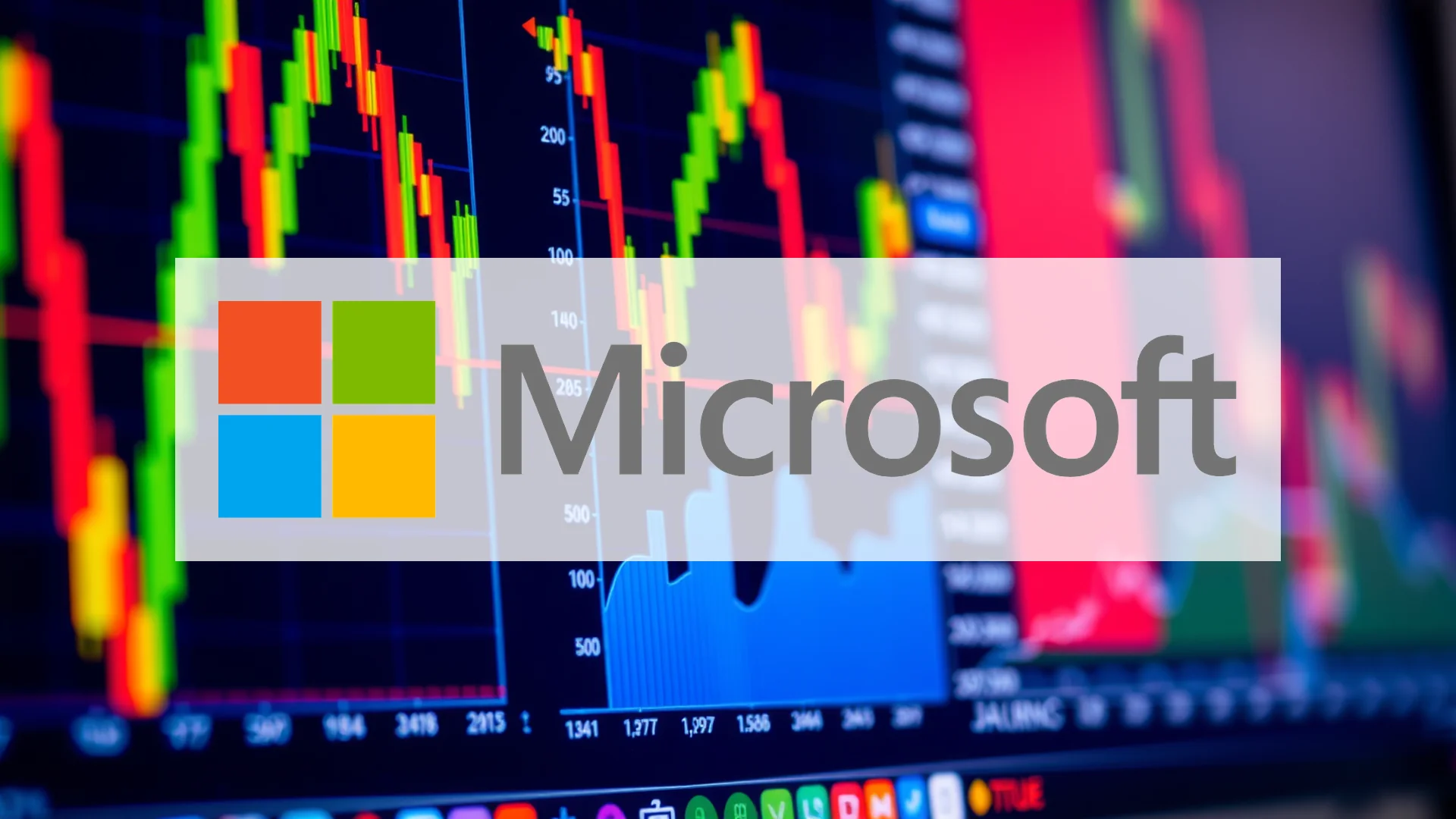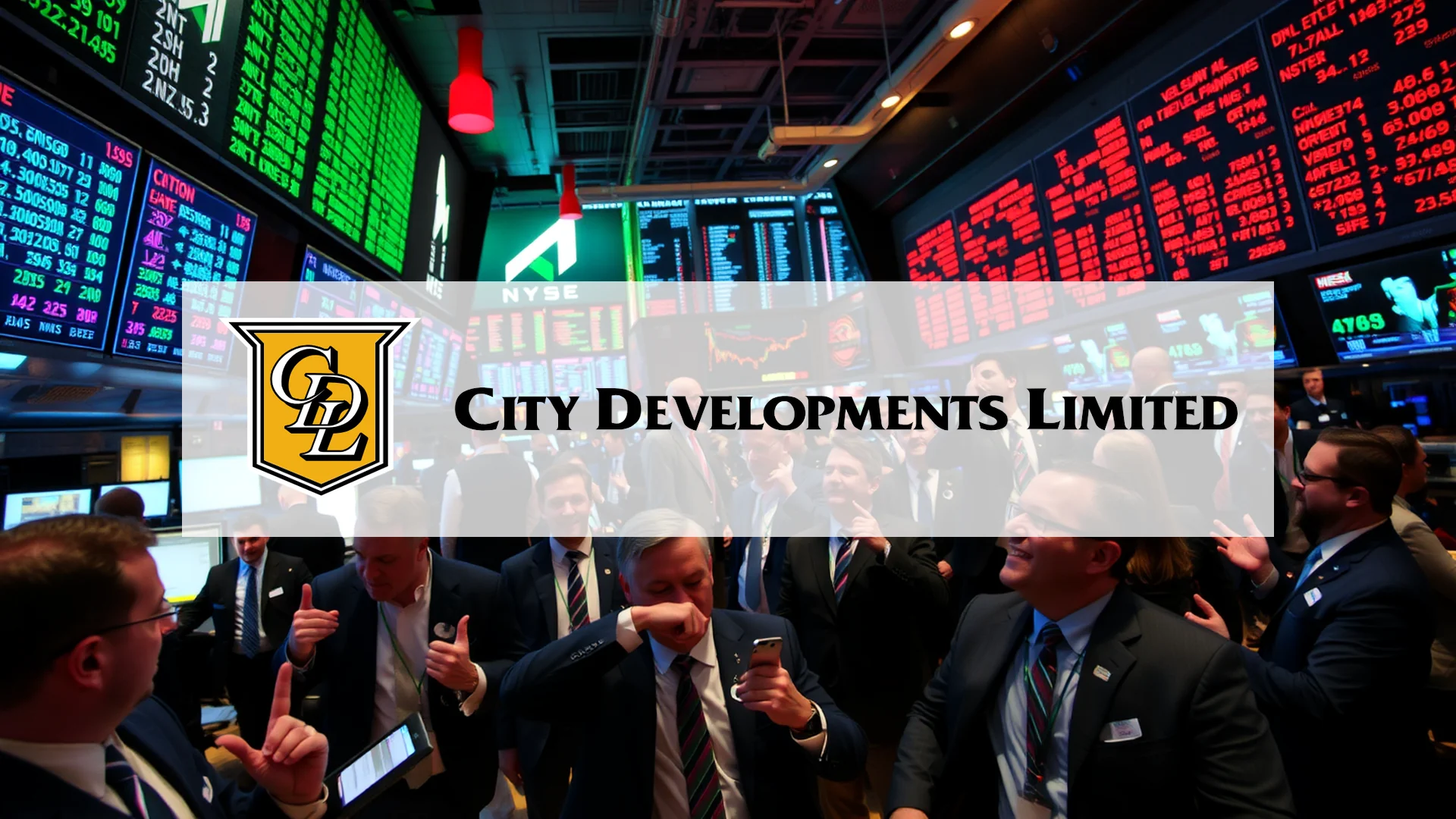The ongoing artificial intelligence boom presents a significant growth avenue for Applied Materials, yet this potential is tempered by escalating trade restrictions between the United States and China. The semiconductor equipment manufacturer finds itself navigating a complex landscape where technological opportunity clashes with geopolitical reality, a balancing act that will likely define its near-term financial performance.
Market Sentiment: A Divergence of Views
Financial institutions are offering contrasting perspectives on the company’s outlook, reflecting the market’s uncertainty. Wells Fargo recently expressed renewed confidence, boosting its price target for Applied Materials from $240 to $250 and reaffirming its “Overweight” recommendation. This bullish stance, however, is not universal. Mizuho Securities adopted a more cautious position in September, downgrading the stock to a “Neutral” rating. This split in analyst opinion underscores the challenging environment shaped by conflicting signals.
The AI Innovation Engine
Despite regulatory headwinds, Applied Materials continues to be a powerhouse of technological advancement. The company just this week unveiled a suite of new chip fabrication systems specifically engineered for the AI sector, positioning itself to capitalize on this lucrative market. The new offerings include:
- The Kinex Bonding System, designed to produce more powerful logic and memory chips.
- The Centura Xtera Epi System, which focuses on manufacturing transistors for the next-generation 2-nanometer processes.
- The PROVision 10 eBeam Metrology System, aimed at enabling the production of intricate 3D chip architectures.
These innovations are central to the optimism surrounding the company’s ability to thrive in the expanding AI semiconductor space.
Should investors sell immediately? Or is it worth buying Applied Materials?
Geopolitical Pressures Mount
The positive sentiment from AI-driven innovation faces a stern test from international trade policy. A report from a US congressional committee concerning semiconductor exports to China prompted a brief sell-off in the stock on Wednesday. The threat became more tangible with the implementation of stricter US export controls on September 29. Applied Materials has quantified the expected impact, forecasting a $110 million revenue reduction in the current quarter. Looking further ahead, the company anticipates a more substantial $600 million hit to sales in the next fiscal year. This is a considerable challenge for a firm that generated over one-third of its total revenue in China during its most recent quarterly report.
Stock Performance Defies Concerns
The market’s enthusiasm for all things AI has thus far provided a powerful counterbalance to geopolitical anxieties. Following AMD’s announced partnership with OpenAI, Applied Materials’ shares climbed 3.7% on Monday. The upward trend continued on Wednesday with an additional gain of more than 2%. This positive momentum has propelled the stock well above its key moving averages, resulting in a remarkable surge of over 60% since its low point in April.
The critical question for investors remains whether the company’s technological leadership and exposure to the AI megatrend can sufficiently offset the significant headwinds created by US-China trade tensions. The resolution of this dynamic will be the primary driver of the semiconductor equipment leader’s future valuation.
Ad
Applied Materials Stock: Buy or Sell?! New Applied Materials Analysis from November 24 delivers the answer:
The latest Applied Materials figures speak for themselves: Urgent action needed for Applied Materials investors. Is it worth buying or should you sell? Find out what to do now in the current free analysis from November 24.
Applied Materials: Buy or sell? Read more here...











